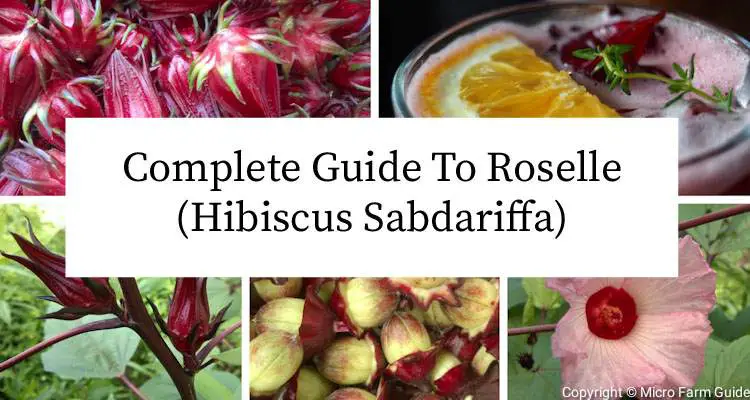Roselle, also known as Sorrel here in the Caribbean, makes some of the most delicious drinks, jams, and sauces imaginable.
However, did you know that Roselle is rich in Vitamin C, Calcium, Iron, and other nutrients, which are all fantastic for your health?
On our island, Roselle has always been more than just a plant. Sorrel is a part of our culture, celebrations, and daily life, from tasty liqueurs to soothing teas.
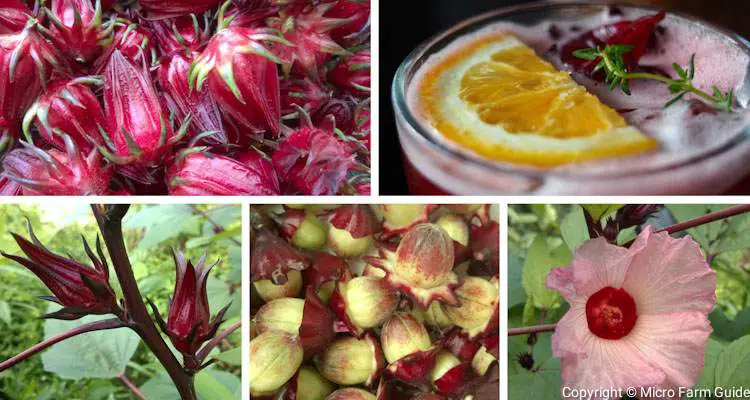
In this article, we’re going to explore the wonders of Roselle. You’ll learn how to grow it, store it, and some delicious ways to enjoy its tasty nutritional benefits.
So, without further ado, let’s jump right into the world of Roselle and discover more about this remarkable plant.
- What Is Roselle?
- What Does Roselle Look Like?
- Why Is Roselle So Special?
- Roselle’s Nutrition Value (Chart)
- How To Grow Roselle In Your Garden
- Delicious Uses Of Roselle (Spiced Sorrel Drink)
- How To Store Roselle For Later
What Is Roselle?
Roselle, or Hibiscus Sabdariffa, is a tropical flowering plant belonging to the Malvaceae (Cotton and Okra) family.
Roselle is believed to have originated from West Africa but is now grown extensively worldwide, where it is known by several other names.
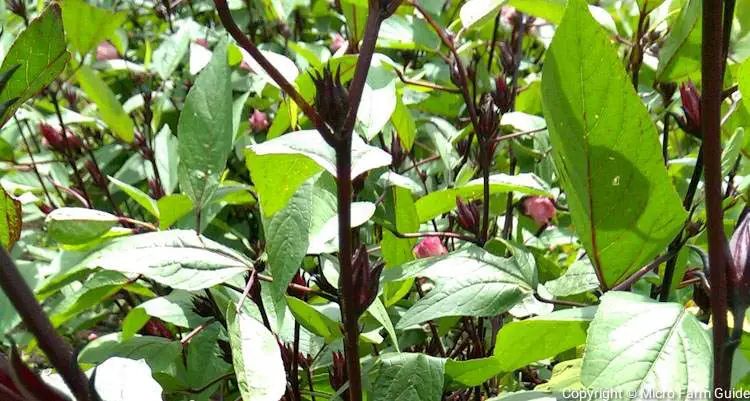
Some of these common names for Roselle include Red Sorrel, Sour-Sour, Florida Cranberry, Jamaican Sorrel, Gongura, Indian Sorrel, Karkadi, Roselle Hemp, Zobo, and Sorrel.
Sorrel, as I call it, loves to grow in warm and sunny places and is truly a beautiful plant. Let’s take a closer look at it now!
What Does Roselle Look Like?
Roselle plants are pretty hard to miss in your garden, with their unique red stems and red-spotted green leaves.
The plant produces pink flowers, which resemble those of Okra.
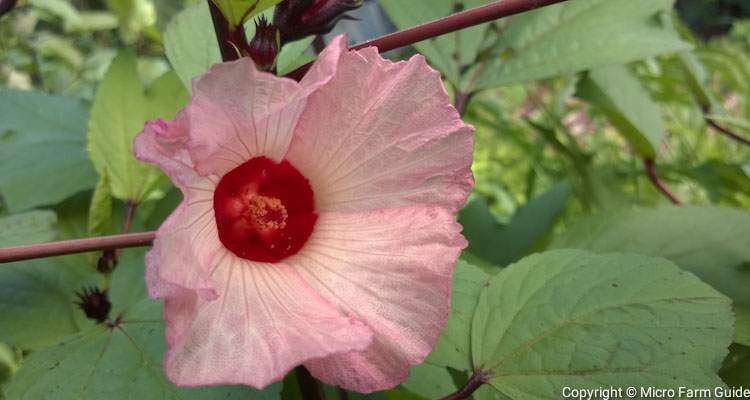
However, the most popular part of the plant is the edible, cup-like calyces, which look like little red bells on the tree.
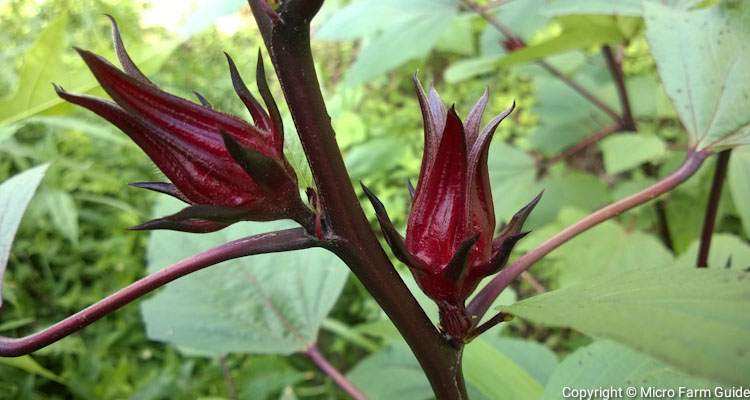
It’s incredible how close Roselle resembles Okra, especially the Burgundy Okra varieties.
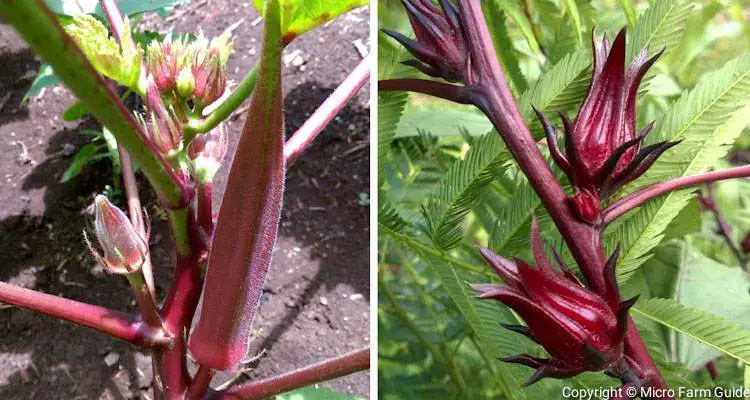
But did you know that there is also a White Roselle variety? Talk about standing out!
Why Is Roselle So Special?
Roselle isn’t just about looks; it has deep cultural and emotional roots worldwide.
Traditionally, Roselle has been used for everything from a pain reliever to an intoxicator by people around the world.
For example, Sorrel and Ginger Beer are two of the most popular beverages around Christmas time.
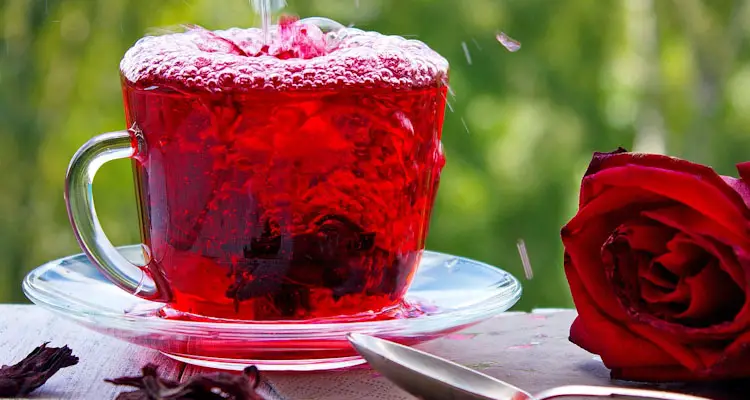
In this case, “Sorrel” refers to a Spiced Sorrel Beverage prepared with various spices, some bitters, and possibly a touch of rum. It’s super refreshing and will put a smile on your face!
So, it is no surprise that Roselle’s red color is often associated with passion and excitement. But there is so much more to this plant.
Roselle’s Nutritional Value (Chart)
Roselle is loaded with Vitamins, minerals, and other beneficial compounds necessary for a strong, healthy body.
Here is a breakdown of Roselle’s Nutritional Information courtesy of NutritionValue.org:
| Nutrient | Amount Per 1 Cup (57g) | % Daily Value* |
| Calories | 28 | 1.4% |
| Fat | 0.4 g | 1% |
| Sodium | 3.4 mg | 0% |
| Carbohydrate | 6.5 g | 2% |
| Protein | 0.6 g | 1% |
| Calcium | 123 mg | 9% |
| Potassium | 119 mg | 3% |
| Vitamin A, RAE | 7.98 mcg | 1% |
| Thiamin [Vitamin B1] | 0.006 mg | 0% |
| Riboflavin [Vitamin B2] | 0.016 mg | 1% |
| Niacin [Vitamin B3] | 0.177 mg | 1% |
| Vitamin C [Ascorbic Acid] | 6.8 mg | 8% |
| Magnesium | 29.07 mg | 2% |
| Phosphorus | 21.09 mg | 3% |
How To Grow Roselle in Your Garden
If you live in a warm climate, you’re in luck. Roselle loves the sun! Here are some simple steps to grow Roselle in your backyard.
Step 1: Choose the Right Spot
First, you’ll need to find a sunny spot in your garden where the soil drains well.
Then, prepare it for planting by removing unnecessary weeds and covering the soil with a layer of mulch such as compost or other organic material.
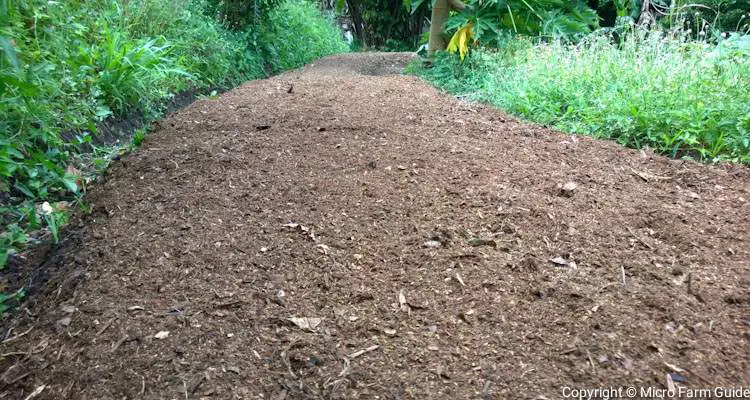
Step 2: Plant Roselle Seeds or Seedlings
Next, gently scrape some of the mulch aside and make a hole in the soil where you intend to plant your seeds or seedlings.
Sow 2 to 3 seeds per hole, spacing the plants at least 3 feet apart, giving each plant room to grow. You’ll have to thin this down to one plant per hole later.
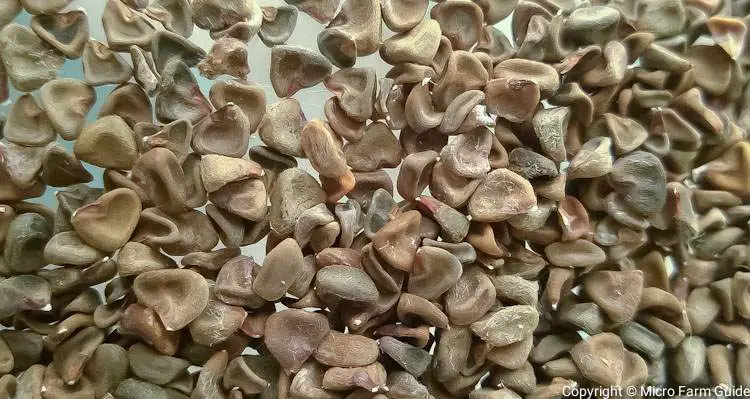
Step 3: Water Plants Only When Necessary
Roselle likes moist soil, so water it as often as you need to ensure the soil doesn’t dry out.
This means that you’ll need to monitor the moisture in the soil, watering when the top 1 or 2 inches of soil become dry.
Step 4: Protect From Pests
Keep an eye out for garden pests, like aphids. They attempt to suck on the leaves and stems of the plant, causing them to curl.
You can use natural remedies such as neem oil spray or insecticidal soap to protect your plants in case of an invasion.
Step 5: Pruning and Maintenance
Trim any damaged or dead leaves to help your plant focus on healthy growth.
Also, prune the top of the plant to encourage bushier growth. This also helps to keep the plant low and withstand strong winds.
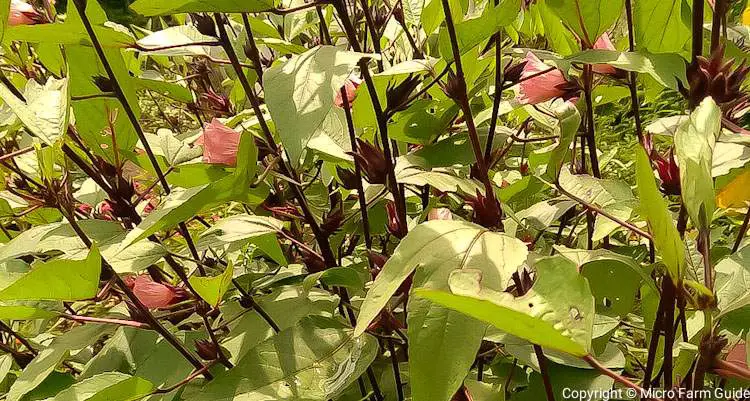
Step 6: Harvest Roselle Calyces
Harvest the calyx once it is fully developed. You can do this by bending it, and it will snap right off.
However, you will need to cut it off at the stem if it remains on the tree too long.
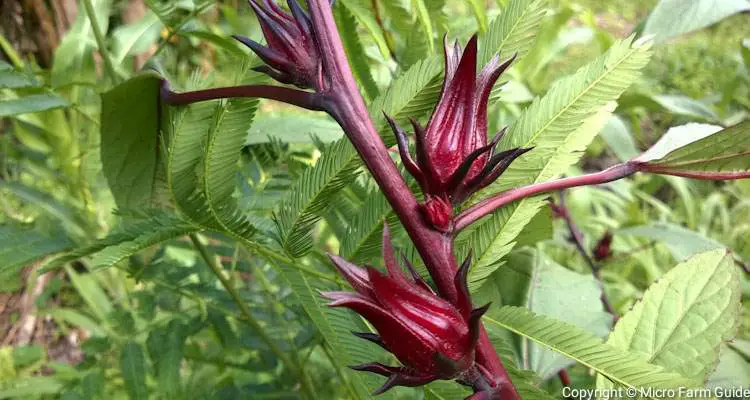
Roselle usually takes about 3 to 6 months to start flowering, depending on the variety, and needs to be harvested often to keep producing.
So, carefully pick the calyces and leave the rest of the plant to keep growing.
Step 7: Enjoy Your Harvest
Next, you need to clean the Sorrel and remove the seed by cutting around the base of the calyx.
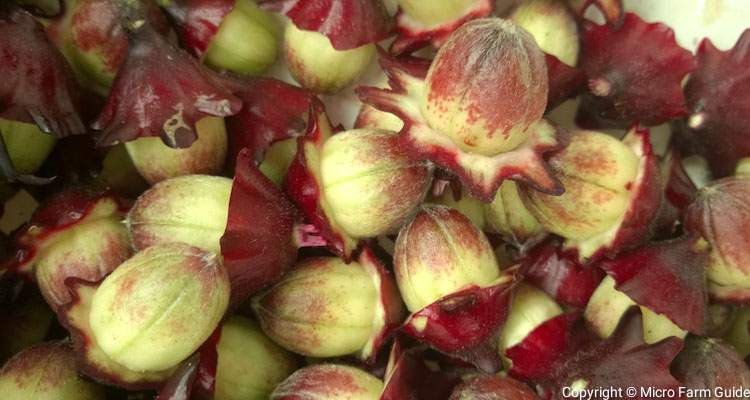
Afterward, you can use the calyx to make recipes like roselle tea or jams. That said, let’s explore an easy, tasty recipe.
Delicious Uses of Roselle (Spiced Sorrel Drink)
Whether you decide to make Roselle tea, Hibiscus Syrup, or Sorrel Jam, you’re in for a treat. Roselle is truly a culinary deligh!
One of the easiest, most refreshing recipes I know is simply called “Sorrel” on our island. Yet, I’ve seen it labeled as Spiced Sorrel Drink online.
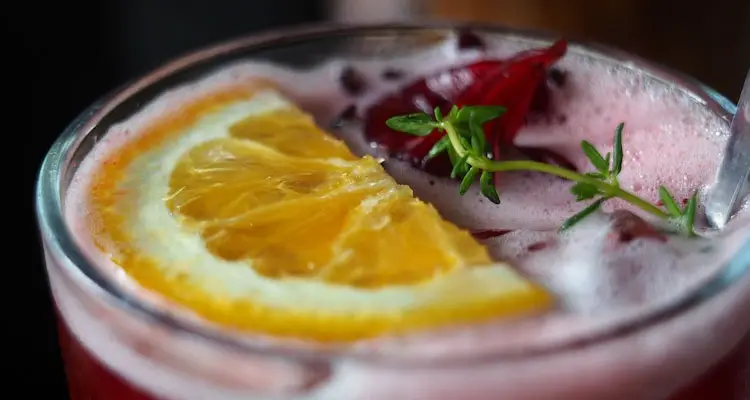
To make this Sorrel drink, you’ll need the following ingredients and utensils:
- 1 cup Sorrel flowers (seed removed)
- ½ tsp Fresh Ginger
- 1 stick Cinnamon (small)
- ½ cup sugar
- 2 whole cloves
- 4 cups water
- 1 Pot
- Strainer or Sieve
- Mug or Bottle
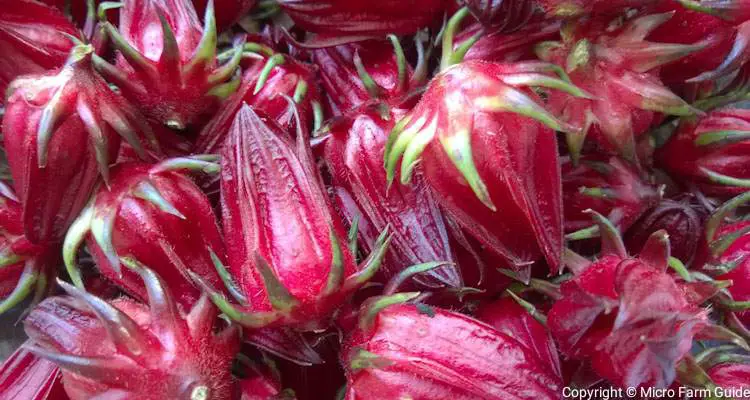
Instructions:
Step 1. Pour the 4 cups of water into the pot and heat it until it starts to boil.
Step 2. Add all the ingredients to the boiling water and allow to boil for about 5 minutes.
Step 3. Remove the pot from the heat and let the ingredients steep into the water overnight.
Step 4. Next, add more sugar if needed and strain the content into a mug or bottle.
Step 5. Place the drink into the refrigerator and serve when it is “ice-cold.”
In theory, this drink can last up to one week in the refrigerator. However, it usually lasts less than a day at my home.
Now, this is one of many tasty treats you can make with Sorrel. But if you want to enjoy sorrel year-round, you’ll need to figure out how to store it properly.
How To Store Roselle For Later
You can dry or freeze your Roselle if you intend to keep it safe for a long time.
To dry Roselle, you’ll need to remove the seed, rinse the calyces gently under cold water, and allow the excess water to air dry.
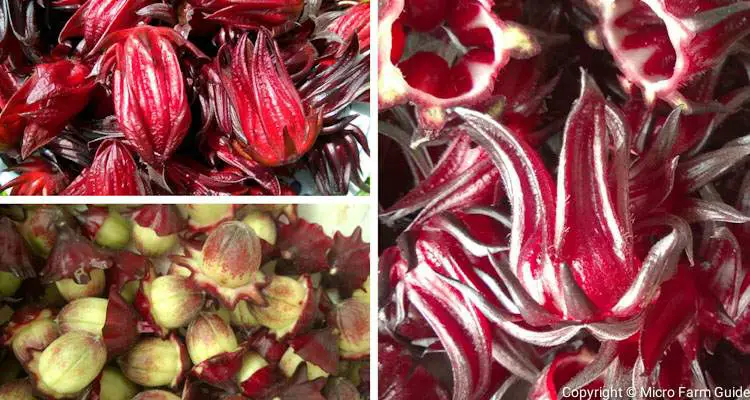
Then, place the calyces on a clean, dry surface, like a tray or fine bag, and let them air or sun dry for about a week.
Once fully dried, place them into an airtight container, like a glass jar or plastic bag.
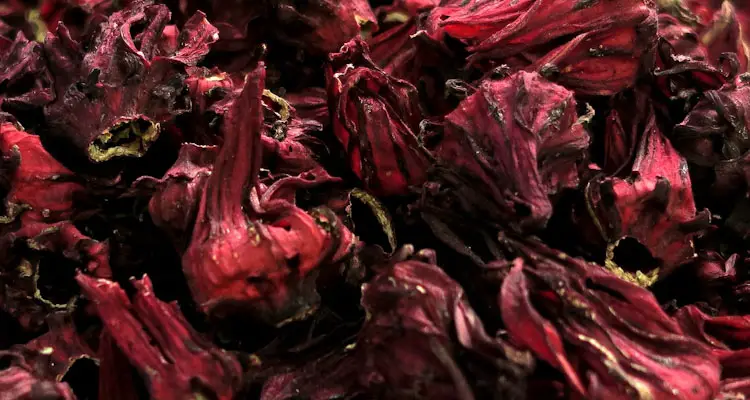
Keep the container in a cool, dry place away from direct sunlight, where it can remain for months, if not years.
Alternatively, you can store the fresh Roselle in the refrigerator.
Similarly, you’ll need to clean, rinse, and dry off the excess water from the surface of the calyces.
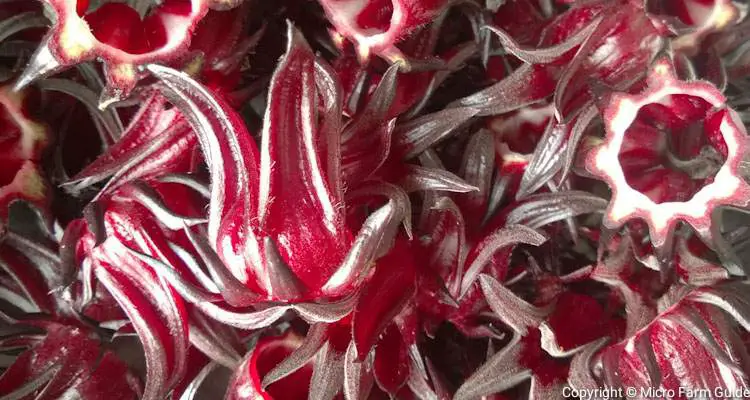
Then, place the fresh Roselle in a freezer bag, removing as much as possible.
I prefer to store it this way since it stays fresh almost forever and tastes as good as the day I picked it.
Final Thoughts
Thank you for taking the time to read about this fascinating plant!
In this article, we’ve learned what Roselle is, its cultural significance here in the Caribbean, its nutrition, how to grow it, and delicious ways to use it.
Now, I’d like to encourage you to try growing Roselle in your garden, or at least grab a bag at your local supermarket and enjoy all the goodness it offers.
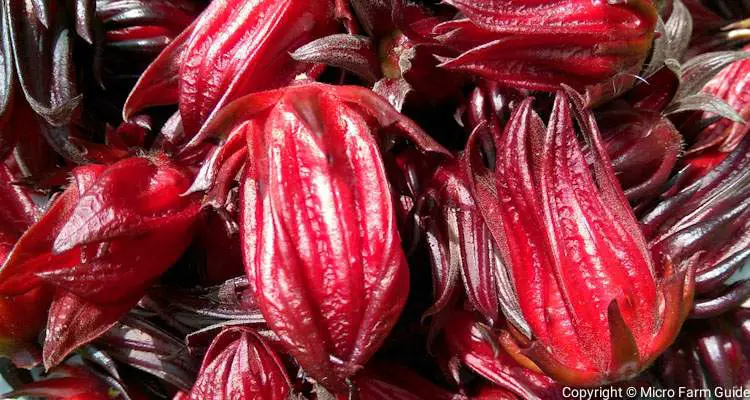
Remember, Roselle isn’t just a plant; it’s a world of wonders waiting for you to discover.
If you enjoyed this, there’s more to explore in our Plant Guide Page. You’ll find a abundance of knowledge waiting for you!
Related Questions
1. What is Roselle good for?
Roselle is used to relieve menstrual pain and aid in weight loss, digestion, and anemia. It is rich in vitamins and minerals and has various anti-inflammatory, antibacterial, and other properties, suggesting it is suitable for overall mental and immune health.
2. Is Roselle tea good for health?
Yes, roselle tea is good for your health. It is shown to have antioxidant properties and contains beneficial compounds that are proven to regulate bad cholesterol and other common maladies.
3. What is another name for Roselle?
Roselle is known by several other names based on the context and country. For example, its scientific name is Hibiscus Sabdariffa, commonly called Sorrel, Red Sorrel, or similar variation.
4. What is the English name for the Roselle plant?
Roselle is commonly called Rozelle, Red Sorrel, or Sorrel in English. However, it is popularly known as Jamaican Sorrel, Caribbean Sorrel, or Indian Sorrel.
References
National Parks. Discover the Many Uses of the Roselle Plant! nparks.gov.sg. Accessed October 2023
UGA Extension. Roselle: A useful and beautiful addition to your garden or landscape. extension.uga.edu. Accessed October 2023
Purdue University. Roselle – Hibiscus Sabdariffa L.. hort.purdue.edu. Accessed October 2023
IFAS Gardening Solutions. Roselle. ifas.ufl.edu. Accessed October 2023
Nutrition Value. Roselle, Raw – Nutrition Facts Chart. nutritionvalue.org. Accessed October 2023

